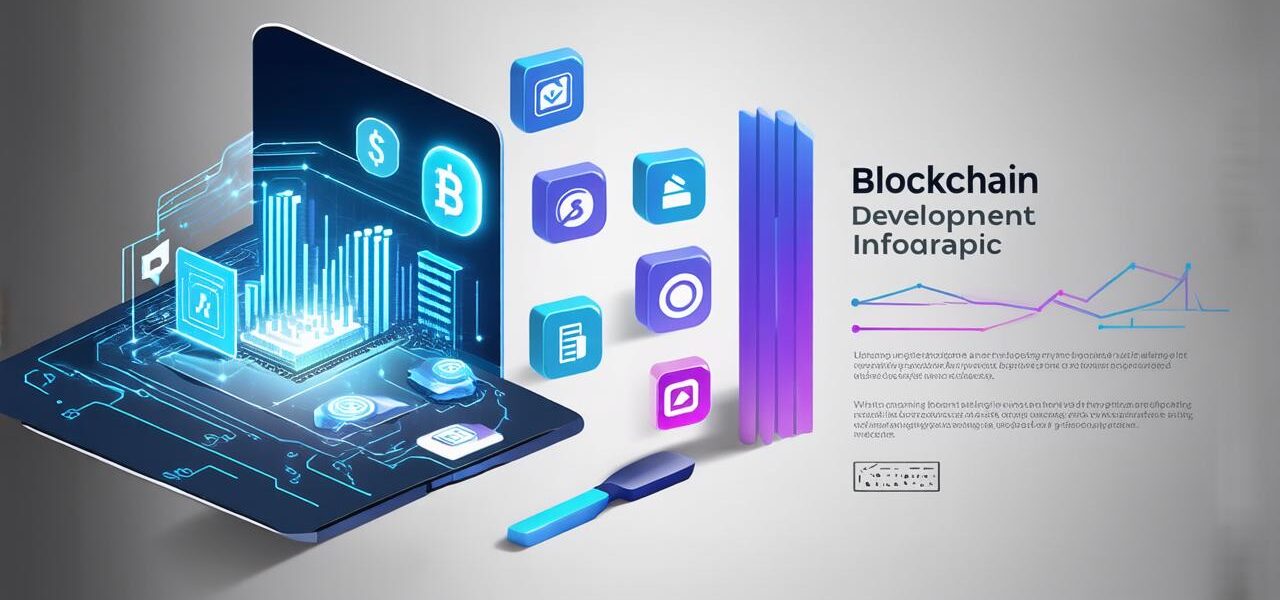
Exploring the Current State of Blockchain Development Activity
In recent years, blockchain technology has taken the world by storm. From cryptocurrencies to smart contracts, decentralized finance (DeFi) to supply chain management, blockchain technology is being used in a wide range of industries to solve complex problems and create new opportunities.
Current State of Blockchain Development Activity
Blockchain development activity is booming. According to a recent report by Grand View Research, the global blockchain market size was valued at USD 12.4 billion in 2020 and is expected to expand at a compound annual growth rate (CAGR) of 57.6% from 2021 to 2028. This growth is driven by increasing adoption of blockchain technology across various sectors, including finance, healthcare, logistics, and more.
One of the key trends in blockchain development activity is the growing interest in decentralized finance (DeFi). DeFi applications are built on blockchain technology and offer a range of financial services, such as lending, borrowing, trading, and more, without the need for intermediaries. These applications have seen significant growth in recent years, with the total value locked in DeFi protocols reaching an all-time high of $200 billion in May 2021.
Another area of blockchain development activity is supply chain management. Blockchain technology can be used to create a tamper-proof and transparent record of the entire supply chain, from raw materials to finished products. This can help reduce fraud, improve efficiency, and increase transparency. For example, Walmart has been using blockchain technology to track food products from farm to store, which has helped improve food safety and reduce waste.
Blockchain development activity is also being driven by the growing adoption of non-fungible tokens (NFTs). NFTs are unique digital assets that can be bought, sold, and traded on blockchain networks. They have become popular in the art world, where they are used to sell digital artwork and other collectibles. In May 2021, a single NFT sold for $69 million, making it one of the most expensive pieces of art ever sold.
Future Outlook for Blockchain Development Activity
The future outlook for blockchain development activity is promising. As more businesses and individuals adopt blockchain technology, we can expect to see continued growth in the market. In addition, there are several emerging trends that have the potential to drive further innovation and adoption of blockchain technology.
One of these trends is the increasing use of blockchain technology for identity management. Blockchain technology can be used to create a secure and tamper-proof record of an individual’s identity, which can help reduce fraud and improve security. For example, the European Union has launched a project called ID2020, which aims to create a decentralized identity system that uses blockchain technology.
Another area where blockchain technology is likely to have a significant impact is in the realm of voting systems. Blockchain technology can be used to create a secure and transparent voting system that is resistant to tampering and fraud. For example, West Virginia has already implemented a blockchain-based voting system for its military personnel stationed abroad.
Finally, blockchain technology is also likely to play an increasingly important role in the development of smart cities. Smart cities use a range of technologies, including artificial intelligence (AI), internet of things (IoT), and blockchain, to create a connected and sustainable urban environment. Blockchain technology can be used to create a secure and transparent record of all transactions within a smart city, which can help improve efficiency and reduce costs.

Challenges and Limitations of Blockchain Development Activity
Despite the growing adoption of blockchain technology, there are still several challenges and limitations that need to be addressed. One of the main challenges is scalability. Blockchain networks can struggle to handle large volumes of transactions, which can lead to slow transaction times and high fees. To address this challenge, researchers are exploring new scaling solutions, such as sharding and sidechains.
Another challenge is interoperability. Different blockchain networks use different consensus mechanisms and protocols, which can make it difficult for applications built on one network to communicate with applications built on another network.



